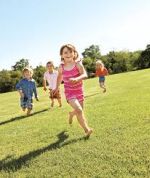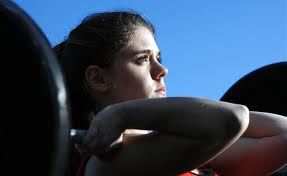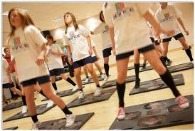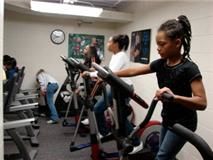Students' Physical Fitness Associated With Academic Achievement; Organized Physical Activity
Physical fitness is associated with academic performance in young people, according to a report presented at the American Heart Association's 2010 Conference on Nutrition, Physical Activity and Metabolism.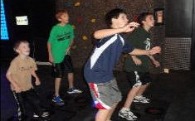
To study the link between academic performance and physical fitness in children, associate professor of pediatrics at West Virginia University, Lesley Cottrell, P.h.D. and her colleagues analyzed the fitness levels, Body Max Index and standardized test scores of 725 fifth grade students in Wood County West Virginia. They then compared that data to the same students fitness and academic performance two years later in their seventh grade scholastic year. The study separated the students into four groups of students who were in:
1. High physical fitness levels in 5th grade and continued to be fit through the 7th grade.
2. Fit in the 5th grade but not in the seventh grade.
3. Unfit in 5th grade, but fit by the 7th grade.
4. Unfit in 5th and 7th grade.
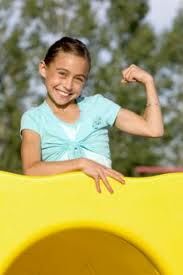 Researchers found that students who had the highest average scores in standardized reading, math, science and social studies tests were those students who were fit at the start and end of the study. The next best academic group consisted of those students who were fit in the 5th grade but had become unfit by the 7th grade. The kids who had been fit in 5th grade but did not remain fit in 7th grade were third in academic performance. The lowest academic performance was the group of students unfit in both 5th and 7th grade.
Researchers found that students who had the highest average scores in standardized reading, math, science and social studies tests were those students who were fit at the start and end of the study. The next best academic group consisted of those students who were fit in the 5th grade but had become unfit by the 7th grade. The kids who had been fit in 5th grade but did not remain fit in 7th grade were third in academic performance. The lowest academic performance was the group of students unfit in both 5th and 7th grade.

"The take-home message from this study is that we want our kids to be fit as long as possible and it will show in their academic performance," Cottrell said. "But if we can intervene on those children who are not necessarily fit and get them to physically fit levels, we may also see their academic performance increase." Cottrell states that “this study suggests that focusing more on physical fitness and physical education in school would result in healthier, happier and smarter children.”
American Heart Association (2010, March 4). Students' physical fitness associated with academic achievement; organized physical activity. ScienceDaily. Retrieved September 23, 2010, from http://www.sciencedaily.com /releases/2010/03/100302185522.htm
http://www.sciencedaily.com/releases/2010/03/100302185522.htm
Physically Fit Kids Do Better In School
A new study in the Journal of School Health found that physically fit kids scored better on standardized math and English tests than their less fit peers.
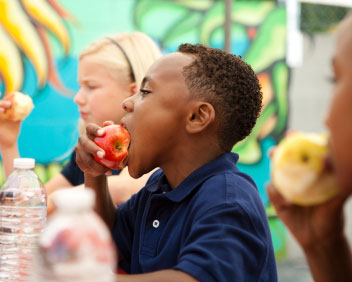 During the 2004-2005 academic year, researchers examined the relationship between physical fitness and academic achievement “in a racially and economically diverse urban public school district of children enrolled in 4th through 8th grade.
During the 2004-2005 academic year, researchers examined the relationship between physical fitness and academic achievement “in a racially and economically diverse urban public school district of children enrolled in 4th through 8th grade.
The results showed that the odds of passing both math and English standardized tests dramatically increased as the number of fitness tests that were passed increased, even when controlling for gender, ethnicity and socio-economic status.
“For families and schools, these results suggest investments of time and resources in physical activity and fitness training may not detract from academic achievement in core subjects, and, may even be beneficial,” the authors conclude.
Wiley-Blackwell (2009, January 30). Physically Fit Kids Do Better In School. ScienceDaily. Retrieved September 23, 2010, from http://www.sciencedaily.com /releases/2009/01/090128113246.htm
http://www.sciencedaily.com/releases/2009/01/090128113246.htm
Children's Brain Development Is Linked to Physical Fitness, Research Finds
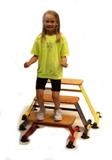 Researchers have found an association between physical fitness and the brain in 9- and 10-year-old children: Those who are more fit tend to have a bigger hippocampus and perform better on a test of memory than their less-fit peers.
Researchers have found an association between physical fitness and the brain in 9- and 10-year-old children: Those who are more fit tend to have a bigger hippocampus and perform better on a test of memory than their less-fit peers.
In a recent study conducted by University of Illinois psychology professor and Beckman institute director; Art Kramer, MRI imaging was used to measure the relative size of specific structures in the brains of 49 child subjects. Kramer along with doctoral student Laura Chaddock and kinesiology & community health professor Charles Hillman, used the findings to compare the differences in the brain between kids who are fit and kids who aren’t fit and relating those measures of brain structure to cognition.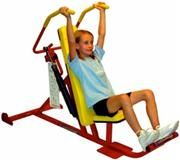
Their research focused on the hippocampus. A structure located deep in the brain since it’s known to be associated with memory and learning. Previous research has shown that exercise can increase the size of the hippocampus; which is also associated with better performance on spatial reasoning and other cognitive tasks. "In animal studies, exercise has been shown to specifically affect the hippocampus, significantly increasing the growth of new neurons and cell survival, enhancing memory and learning, and increasing molecules that are involved in the plasticity of the brain," Chaddock said.
When they analyzed the MRI data, researchers found that the physically fit children had greater hippocampus volume (about 12% bigger relative to total brain size) when compared to their unfit peers. Those kids who were in better physical condition also scored higher on tests of relational memory; the ability to remember and integrate various types of information than the unfit kids. “The new findings suggest that interventions to increase childhood physical activity could have an important effect on brain development,” Kramer said.
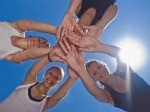 "We knew that experience and environmental factors and socioeconomic status all impact brain development," he said. "If you get some lousy genes from your parents, you can't really fix that, and it's not easy to do something about your economic status. But here's something that we can do something about," Kramer.
"We knew that experience and environmental factors and socioeconomic status all impact brain development," he said. "If you get some lousy genes from your parents, you can't really fix that, and it's not easy to do something about your economic status. But here's something that we can do something about," Kramer.
University of Illinois at Urbana-Champaign (2010, September 16). Children's brain development is linked to physical fitness, research finds. ScienceDaily. Retrieved September 23, 2010, from http://www.sciencedaily.com /releases/2010/09/100915171536.htm
http://www.sciencedaily.com/releases/2010/09/100915171536.htm
Future Expansion
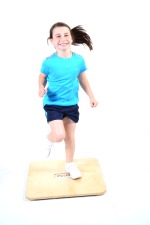
According to market experts: "youth fitness has not even begun to hit its stride in terms of the product life cycle" - In the next 10 years, every elementary school in the nation will have some sort of P.E. lab or fitness room, fitness will expand out of P.E. and into every classroom. every Y will have a fitness area dedicated to serving children. It is estimated that there will be at least 3 major chains of kids fitness/afterschool clubs - not to mention numerous regional companies. Daycare will embrace the need for physical fitness activity based rooms; health clubs will use youth fitness facilities to drive membership into their facilities, personal trainers will exercise as many youth as they do adults, pediatric PT's will embrace the need for specialized rehab equipment for children, and entrepreneurs everywhere will try to figure out how to solve the current obesity crisis!


